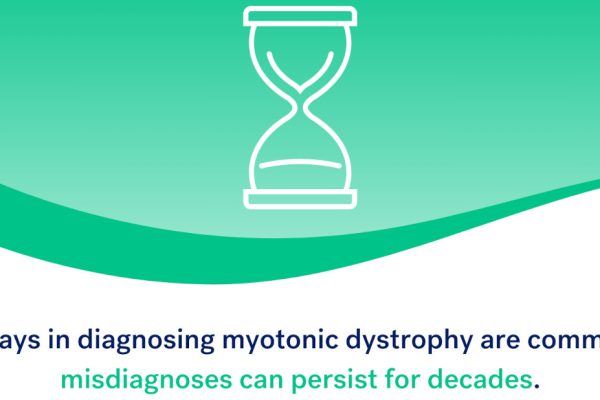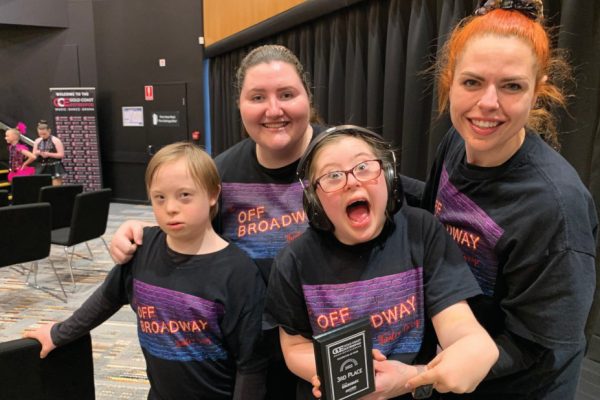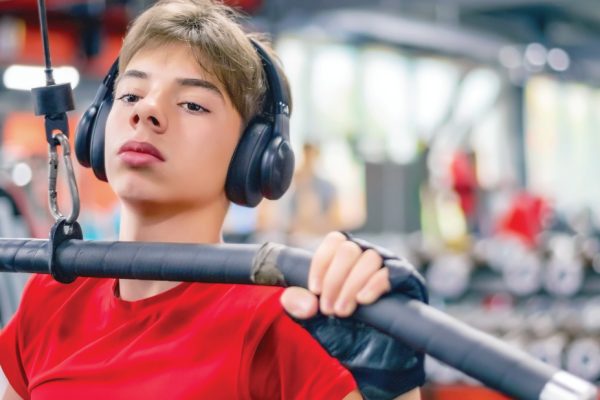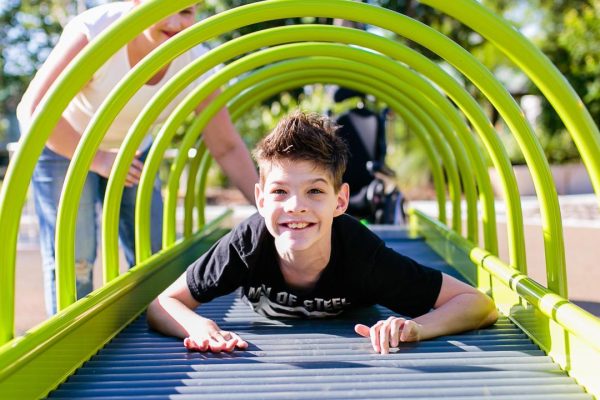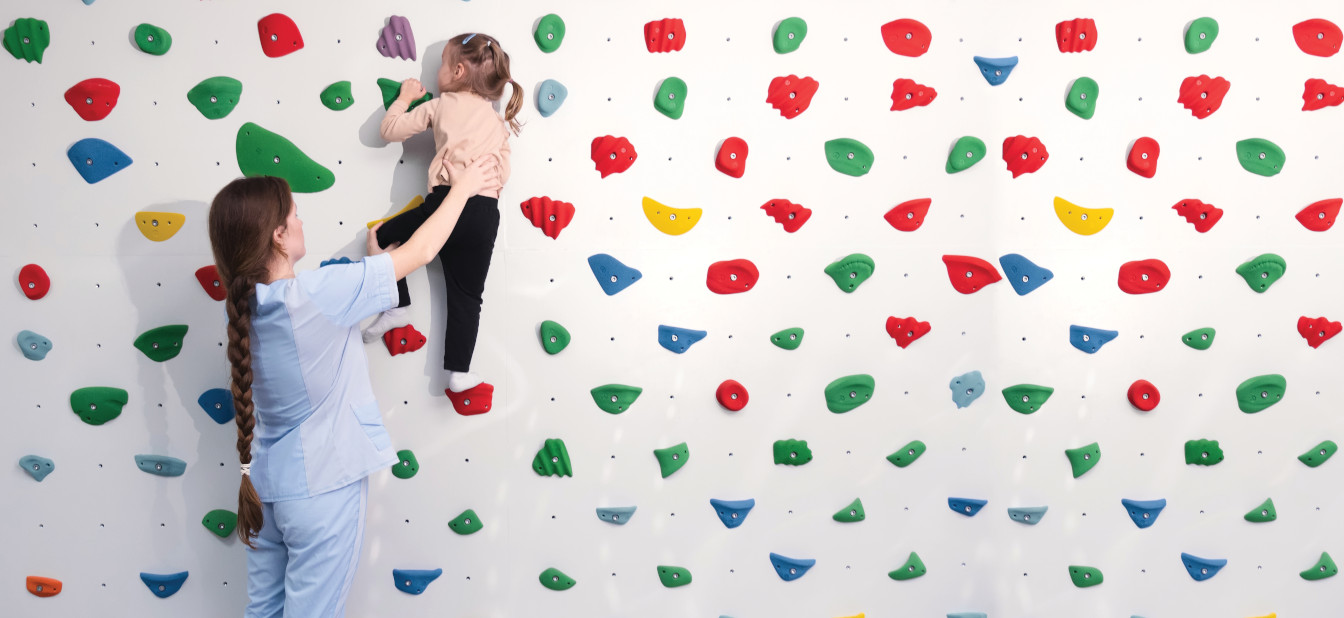
Dyspraxia (and developmental coordination disorder) in children
You may have heard doctors, paediatricians, speech pathologists, physiotherapists or cccupational therapists mention the terms dyspraxia and/or Developmental Coordination Disorder (DCD). Perhaps your child is working on their ‘praxis’ skills in OT. So, what exactly do these terms mean?
Developmental Coordination Disorder (DCD) is a neurodevelopmental disorder diagnosed according to the criteria in the DSM-V. It affects fine and/ or gross motor coordination, as well as sensory processing and visual perception in children of various ages. It often presents with difficulties in planning, organising, and carrying out tasks/ activities in the correct order. It can also affect speech.
The term ‘dyspraxia’ is commonly used to describe the presentation of characteristics which may also be present in an individual with a diagnosis of Developmental Coordination Disorder.
It is important to note that it is quite common for dyspraxia to be co-morbid/ co-occurring with other conditions such as Autism Spectrum Disorder, Attention Deficit Hyperactivity Disorder, Speech Apraxia, or learning difficulties.
WHAT DOES THIS LOOK LIKE IN A CHILD?
Some children may require support in a variety of areas. Others may require support only with specific activities. Here are some common characteristics:
- They may appear clumsy or awkward in movements compared to friends of similar age (e.g. running awkwardly or holding scissors awkwardly).
- Reduced body awareness: bumping into things/people, invading someone’s personal space without recognising this.
- Require support for activities involving gross motor skills (e.g. running, catching), and fine motor skills (e.g. handwriting, doing up buttons, tying shoelaces!).
- Require more time to follow verbal instructions.
- Require support to recall previously learned movements.
- A discrepancy of skills: may have good language & communication but require support for handwriting.
- Require more support to learn new skills, as well as transfer, learned skills to different contexts, e.g. At home to school.
- Support to perform activities requiring coordinated use of both sides of the body, e.g. cutting with scissors, running, tennis.
- Reduced balance and postural control, e.g. unsteady when stepping over heights or when standing while dressing.
- Support to participate in activities that require good timing, e.g. kicking a moving ball, throwing and catching, ball games, etc.
- Taking the extra time to complete academic tasks such as maths, spelling and handwriting which requires writing to be accurate and organised on the page.
- Rushing through tasks as completing them slowly is difficult (due to reduced control/balance).
- Support for organisation, e.g. school bag, homework, getting changed, setting out their writing on the page appropriately.
As a consequence of finding these day-to-day tasks challenging, sometimes children will often:
- Avoid sports/physical activity and socialising with their peers on the playground as they fear they may not be included in games.
- Require support to perform everyday tasks such as brushing teeth, doing up buttons, getting ready for school.
- Reduced self-esteem and/or anxiety when asked to participate in difficult activities.
- Reports that things are ‘too hard’ or ‘I can’t do it’ when presented with motor activities.
- Lack of interest/motivation in engaging in activities they find difficult or have experienced failure.
- Become frustrated easily when completing tasks.
So, what can OTs do to help?
OTs can support to first establish functional goals in collaboration with you, and your child’s teachers. There are a range of different evidence-based approaches in Occupational Therapy intervention which can be utilised to incorporate multi-sensory strategies to develop the child’s praxis, or specific training targeting one functional goal. Goals could address areas such as:
- Motor skills development
- Task sequencing and planning
- Sensory integration
- Adaptive equipment and strategies
- Strengthening core stability and posture
- Handwriting improvement
- Social skills
- Parent and teacher education
- Building confidence and self-esteem
What can you do with your child to help?
Parents can play a crucial role in supporting their child with dyspraxia at home. Here are some practical strategies and activities that can help:
- Create a structured environment: Establishing a routine can help children with dyspraxia feel more secure and organised. Using visual schedules or checklists to outline daily tasks, makes it easier for a child to understand what needs to be done and in what order.
- Break tasks into smaller steps: For children with dyspraxia, large tasks can seem overwhelming. Break activities down into smaller, manageable steps and teach them how to approach tasks one step at a time. Encourage them to think about the sequence before starting an activity.
- Encourage practice of motor skills: Engage your child in activities that promote fine and gross motor skills. For fine motor skills, activities like drawing, colouring, cutting with scissors, or playing with building blocks can be helpful. For gross motor skills, encourage activities like swimming, dancing, playing catch, or bike riding.
- Use sensory play: Sensory activities can help improve coordination and processing. Play with different textures, like sand, playdough, or water, and engage in activities that involve balance and movement, such as jumping on a trampoline or rolling on a gym ball.
- Promote independence with daily activities: Encourage your child to do age- appropriate self-care tasks like dressing, brushing teeth, or packing their school bag. Provide guidance and assistance when needed, but gradually allow them to do more independently.
- Support handwriting practice: If handwriting is a challenge, create a calm and distraction-free environment for practice. Use lined paper to help with spacing, and consider pencil grips or other adaptive tools. Encourage writing practice through fun activities, like writing a shopping list or a letter to a friend.
- Play games that build coordination: Board games, puzzles, and video games that require hand-eye coordination can help develop motor skills in a fun way. Activities like playing catch, kicking a ball, or using a bat and ball also help improve coordination.
- Encourage physical activity: Regular physical activity is essential for building strength, balance, and coordination. Activities like swimming, martial arts, or gymnastics can be particularly beneficial, as they provide structured opportunities to develop motor skills in a supportive environment.
- Develop organisational skills: Help your child learn how to organise their belongings and their space. Use labelled containers, colour-coded systems, or visual cues to help them learn where things belong and how to keep their space tidy.
- Promote positive reinforcement: Celebrate successes, no matter how small. Positive reinforcement helps build confidence and motivation. Praise your child for their effort and progress, not just the outcome.
- Model tasks and provide guidance: Demonstrate how to perform tasks, breaking them down into clear steps. Provide gentle, constructive feedback and encouragement to help them understand and correct their movements.
- Encourage social interaction: Help your child develop social skills by organising playdates or engaging them in group activities. Teach them turn-taking, sharing, and how to initiate and maintain conversations. Be patient and provide guidance on how to interact with peers.
- Communicate with teachers and therapists: Stay in regular contact with your child’s occupational therapist, teachers, and other professionals involved in their care. Share progress, discuss strategies, and ensure consistency in the approaches used at home and school.
- Create a calm and supportive environment: Minimise distractions and provide a calm environment that allows your child to focus and feel less overwhelmed. Understand their sensory preferences and adjust the home environment to make it more comfortable.
- Practice patience and understanding: Understand that children with dyspraxia may take longer to learn new skills and may need more repetition and support. Be patient and encouraging, creating a safe space for them to learn and grow without fear of failure.
By incorporating these strategies into daily routines, you can help your child with dyspraxia develop essential skills, build confidence, and improve their ability to perform everyday tasks.
If you feel your child could benefit from some extra support in with their motor coordination or sensory processing, please contact the team at Occupational Therapy Helping Children.
Occupational Therapy Helping Children is a specialist team of occupational therapists in Sydney’s Frenchs Forrest dedicated to helping children thrive, offering one on one supports, as well as parent workshops and teacher training sessions. occupationaltherapy.com.au


